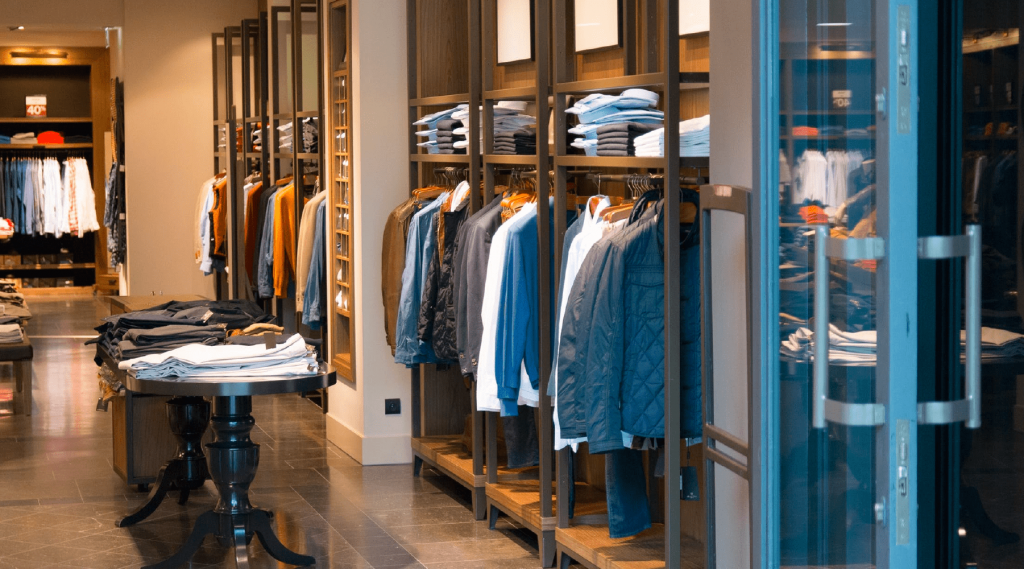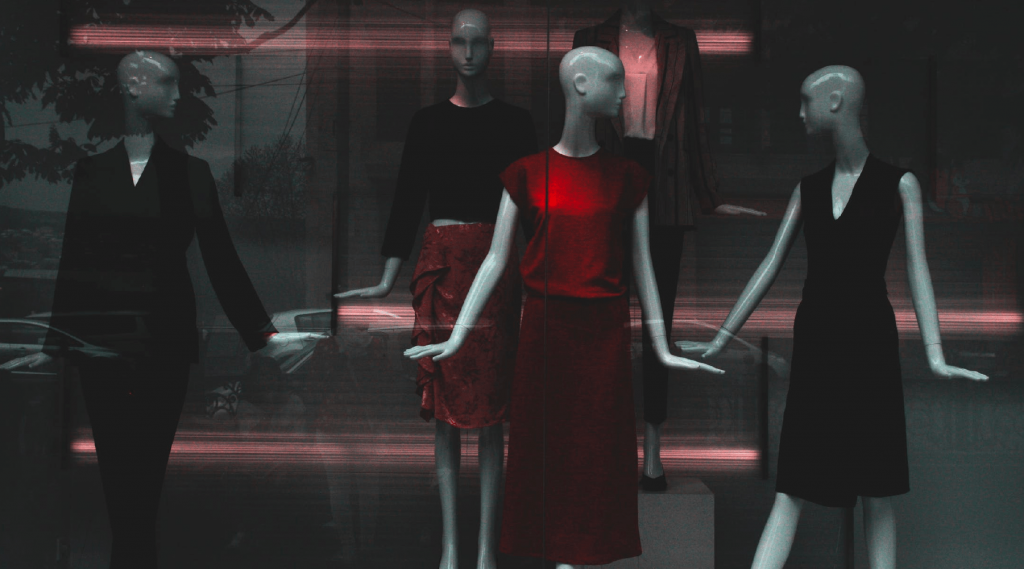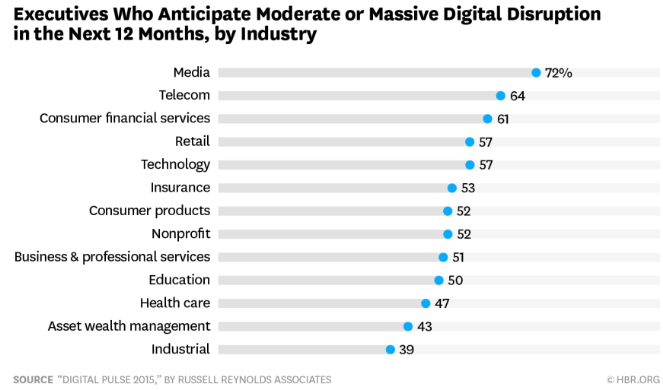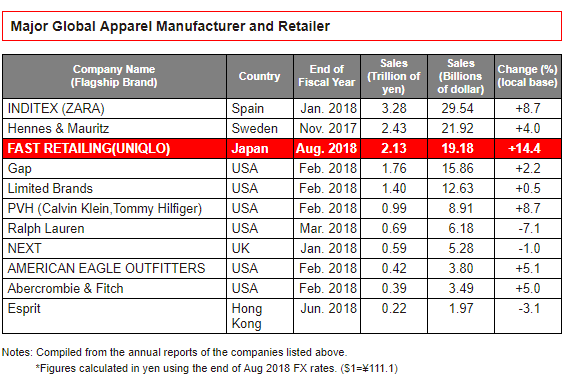What Caused Roger David to Fail & What Retail Businesses can Learn from it
Table of contents
- Introduction
- The creation and collapse of Roger David
- The rise in rent
- Failure to invite innovation
- Overshadowed online presence
- Final thoughts
BONUS CONTENT INCLUDED THROUGHOUT THIS POST:
- A free trial of the employee scheduling software used by Nike, Amazon and over 70,000 businesses.
- An ROI calculator for retail that works out the savings you could make in relation to overtime, time theft, payroll, and scheduling when using workforce management software.
- A one-page printable list of 77 retail interview questions that include general, behavioral and experience based topics.
The term ‘too big to fail’ was birthed from the financial crisis of 2008, where some banks were considered to be too important to the economy to be allowed to collapse. The retail industry has not been so lucky to inherit a too big to fail mandate. Instead, we have witnessed the collapse of retail titans the world over. Ranging from Sears in the U.S, British Home Stores in the U.K and now Roger David in Australia.

Australia’s third-largest menswear retailer, Roger David went into voluntary administration because it could not survive the onslaught that is raging against bricks and mortar stores. The last day of trading for the ‘iconic’ store will be December 2, 2018.
Roger David began 76 years ago, making it one of the oldest retailers in Australia. At the retailer’s peak, it had over 100 stores that sold suits, fashion, and accessories using the RDX and Roger David brands. Roger David secured its spot as one of Australia’s favorite retailers by using different methods to promote the brand, for example, dressing the Australian cricket team in 1942.
The nature of human beings is that our tastes evolve and the legacy retailers, who can’t keep up with these changes, fail to make it. Big retailers like Roger David can be likened to dinosaurs. At one point, they were so huge that they dominated their environment. However, their size could be a disadvantage, as they are slow to move and adapt and therefore, face extinction. Unfortunately for Roger David, it got caught up in a perfect storm of increased competition, higher fixed costs, and sluggish sales.

Craig Shephard, the partner at the advisory and investment firm dealing with Roger David’s administration, explained this concept:
“Roger David, like many other fashion retailers, has been buffeted by global competition, stagnant sales and rising fixed costs”.
With another retailer being relegated to the retail graveyard, what lessons can your business learn to avoid a similar fate? According to what has been reported, here are some takeaways from the demise of Roger David.
Rising fixed costs was named as a factor in Roger David becoming an unsustainable business. One of the main fixed costs that can negatively impact retailers is rental costs. Increasing rent means that retailers have less financial flexibility to adapt to different environments. Although the number of stores was reduced from 100 to 57, the level of fixed costs still played a major role in crippling Roger David.

However, the tide appears to be turning in relation to high rents. Some landlords may be learning that increasing rents for retail spaces may leave them with nothing, as retailers are forced to close or relocate. Manhattan may be leading the charge for tenants regaining the upper hand in terms of retail rents. Bloomberg reports that rents dropped by 13.5% around the Fifth Avenue and Plaza Hotel area in the second quarter. A total of 143 stores (which is a record) have been empty over the past year. Landlords are realizing that it is better to have some rent as opposed to nothing. This is good news for retailers who may have more bargaining chips to enter into rental negotiations for new stores or for extending leases.
Here are some ways to avoid your retail store becoming a victim to rising rents:
- Negotiate with your landlord
If you are finding your rent unaffordable, you should take the opportunity to negotiate with your landlord. If things are getting desperate in terms of keeping your doors open, you won’t have much to lose. Use examples like Manhattan to drive home the point that if one of the world’s most exclusive shopping areas can suffer from record store vacancy rates, it could happen anywhere.

- Examine your expenses with a fine-tooth comb
Whether or not your landlord decides to budge on the amount of rent you pay, you should grab the chance to review every business expense. Labor costs are another monster expense that can eat into your profits if you fail to get it right. Take advantage of Deputy’s ROI calculator to find out how much money and time you could save using our employee scheduling solution.
Click here to download your very own ROI calculator.
- Open a pop-up store
Think about opening a pop-up store if you are unable to afford your current rent. If you want to throw in the bricks and mortar towel to focus on online sales, you can still operate a pop-up store a few times a month to boost your income. In fact, your pop-up store and your online store can go hand in hand to cross-promote your products.
Retail is one of the most heavily disrupted sectors, thanks to companies like Amazon. An article in the Harvard Business Review found that in a 2016 survey 57% of C-level executives believed that the retail industry would experience massive digital disruption.
Within less than a decade, Amazon has taken the conventional shopping model and turned it on its head. Roger David had a website, so what went wrong? According to the founding principal of Business Benchmark Group, Stefan Kazakis, Roger David showed up to the party too late. This meant that by the time the retailer tried to refresh its brand, the consumer interest ship had already sailed.
Roger David appeared to struggle to keep up with more ‘hip’ brands like H&M and Uniqlo who have ‘clocked’ the global branding game. It was difficult for them to stand out from the crowd, especially given their price-point in relation to similar types of menswear. Unfortunately, Roger David had no distinctive product. Contrast this to Uniqlo’s approach of applying innovation from everything to coats and jeans. In fact, the Japanese retailer has crafted a whole storyline around jeans innovation.
What lessons can your retail business learn from Roger David even if you don’t have the deep pockets of retailers like Uniqlo?
- Choose one product category
If you carry several product categories, it is unlikely that you will be able to make changes to all of them at once. Instead, select one product category to really make your retail business stand out. Ideally, you will select the most popular category because the interest is already there. Your point of sale will be your best tool when determining which product you should choose. The point is to think of ways to supercharge this product category. Think about it this way, consumers are inundated with so many products, that unless you innovate in at least one product category, your store may get left behind. Innovation has resulted in Uniqlo becoming the third largest global apparel manufacturer and retailer.
Go beyond service to engagement
Another way for your retail business to innovate is to provide out of this world customer engagement. Customer service is expected but customer engagement puts more cash in your register.
According to Gallup:
“Wary consumers will give more money to the businesses they feel emotionally connected to — while ignoring others”.
Gallup found that a fully engaged customer signifies a 23% increase in terms of profitability, revenue, relationship growth, and wallet share. When deciding how to engage your customers, it is recommended that you choose experiences that are closely aligned with your brand. For example, Nike Soho allows customers to try out their shoes on a treadmill. A strategy great for strengthening customer engagement.
And while this is an attractive strategy that would benefit most retail businesses, it’s difficult to attain when your business is regularly short-staffed. To ensure your business never experiences issues with staffing or not having your employees show up, take a look at Deputy, the employee scheduling trusted by brands like Nike, Amazon, and Ace Hardware.
To see it in action for yourself, then click here to 
Having a website is no longer enough for retailers. Roger David had an online presence, however, it was overshadowed by other online retailers. Global competition has been named as one of the factors that caused Roger David to fail. The internet is the single most important element in the increase in global competition. With 57% of online shoppers buying an item from an overseas seller, your competition can come from your local community as well as another continent. So, how can you avoid being swallowed up by the increase in online competition?

- If you can’t beat them, join them (with a difference)
It has been reported that Amazon accounts for a whopping 43% of all online sales. The Amazon is the largest river in the world but there are still many more medium and small rivers necessary for a balanced planet. Similarly, just because Amazon is the giant of e-commerce doesn’t mean there isn’t space (or a need) for your business. Avoiding doing business online is no longer an option for many retailers. However, what will set you up for success is how you differentiate yourself from the big boys like Amazon and Walmart. Brainstorm ideas about how your business can set itself apart. For instance, if you own an online gift store, why not have an option for customers to contact you via video call (using an app like Facebook Messenger) to go through a selection of gifts?
- Maintain a strong brand identity
While it could be tempting to shift your brand identity to include new and ‘hip’ demographics, you may end up pushing away the customers you fought hard to gain. If you are a clothing retailer and your target market is men over 50, trying to appeal to millennials will leave your original target market confused. Urban Outfitters is a retailer that discovered that defining and sticking to a target market can affect the bottom line. Be confident in your brand to maintain your message instead of constantly making changes to keep up with the latest trends. You can ensure your brand identity is strong by repeating it across your website, physical stores, and social media.
- Offer flexible payment

Giving your customers different payment options could entice customers away from shopping online. If you sell high-value products, you can offer a layaway service, split payments or partial payments. Some customers would prefer to buy from a business that gives them the flexibility to make payments, without being saddled with credit card debt. You will need to examine your company’s financial position and create a flexible payment policy to ensure this option will be suitable. Offering flexible payments can help you stay one step ahead of some online competitors.
The causes of Roger David’s failure are typical of retailers who haven’t survived the new era of online shopping. Here’s a summary of the lessons you can learn and apply to your retail business to stave off the possibility of ending up in a similar position to Roger David.
- Keep an eagle eye on fixed costs.
- Examine your utility bills and other costs at regular intervals.
- Be creative when negotiating your rent with your landlords.
- If necessary, remind your landlord that some rent is better than no rent.
- Finally, use a system like Deputy to schedule your employees with precision, to avoid understaffing and overstaffing.
Innovate in different areas of your business. Change one aspect at a time and examine data and feedback to see what works. Innovation can be in the form of your brand identity, product categories, or customer experience. Create an online storefront and use social media to communicate your brand identity.
Unfortunately, Roger David was unable to adapt to a changing world but that doesn’t mean your business is prone to the same fate. Take the lessons stated above seriously and create a plan of action to make sure they all get implemented.
But no matter how well you tailor your company and its offerings, your employees are still your cornerstone and your biggest selling point. For this reason, hiring the best people is key to ensuring your business stays profitable. Don’t worry! We all know how difficult it is to find great employees, click on the link below to download a guide to interview questions that are great for finding quality employees for your retail business.
Click here to download this one-page document with 77 retail interview questions.


